| [1] |
徐勇军, 杨浩克, 叶迎晖, 等. 反向散射通信网络资源分配综述[J]. 物联网学报, 2021, 5(3): 56–69. doi: 10.11959/j.issn.2096-3750.2021.00215XU Yongjun, YANG Haoke, YE Yinghui, et al. A survey on resource allocation in backscatter communication networks[J]. Chinese Journal on Internet of Things, 2021, 5(3): 56–69. doi: 10.11959/j.issn.2096-3750.2021.00215
|
| [2] |
VAN HUYNH N, HOANG D T, LU Xiao, et al. Ambient backscatter communications: A contemporary survey[J]. IEEE Communications Surveys & Tutorials, 2018, 20(4): 2889–2922. doi: 10.1109/COMST.2018.2841964
|
| [3] |
LONG Ruizhe, LIANG Yingchang, GUO Huayan, et al. Symbiotic radio: A new communication paradigm for passive internet of things[J]. IEEE Internet of Things Journal, 2020, 7(2): 1350–1363. doi: 10.1109/JIOT.2019.2954678
|
| [4] |
WANG Pu, YAN Zheng, WANG Ning, et al. Resource allocation optimization for secure multidevice wirelessly powered backscatter communication with artificial noise[J]. IEEE Transactions on Wireless Communications, 2022, 21(9): 7794–7809. doi: 10.1109/TWC.2022.3162137
|
| [5] |
YANG Haohang, YE Yinghui, and CHU Xiaoli. Max-min energy-efficient resource allocation for wireless powered backscatter networks[J]. IEEE Wireless Communications Letters, 2020, 9(5): 688–692. doi: 10.1109/LWC.2020.2965942
|
| [6] |
XIAO Sa, GUO Huayan, and LIANG Yinghchang. Resource allocation for full-duplex-enabled cognitive backscatter networks[J]. IEEE Transactions on Wireless Communications, 2019, 18(6): 3222–3235. doi: 10.1109/TWC.2019.2912203
|
| [7] |
KE Feng, PENG Yiming, PENG Yingru, et al. Resource allocation for MIMO full-duplex backscatter assisted wireless-powered communication network with finite alphabet inputs[J]. IEEE Transactions on Communications, 2021, 69(2): 1275–1289. doi: 10.1109/TCOMM.2020.3035233
|
| [8] |
YE Yinghui, SHI Liqin, HU R Q, et al. Energy-efficient resource allocation for wirelessly powered backscatter communications[J]. IEEE Communications Letters, 2019, 23(8): 1418–1422. doi: 10.1109/LCOMM.2019.2920834
|
| [9] |
XU Yongjun, GU Bowen, HU R Q, et al. Joint computation offloading and radio resource allocation in MEC-based wireless-powered backscatter communication networks[J]. IEEE Transactions on Vehicular Technology, 2021, 70(6): 6200–6205. doi: 10.1109/TVT.2021.3077094
|
| [10] |
ZHUANG Yuandong, LI Xi, JI Hong, et al. Optimal resource allocation for RF-powered underlay cognitive radio networks with ambient backscatter communication[J]. IEEE Transactions on Vehicular Technology, 2020, 69(12): 15216–15228. doi: 10.1109/TVT.2020.3037152
|
| [11] |
XU Yongjun and GUI Guan. Optimal resource allocation for wireless powered multi-carrier backscatter communication networks[J]. IEEE Wireless Communications Letters, 2020, 9(8): 1191–1195. doi: 10.1109/LWC.2020.2985010
|
| [12] |
YANG Gang, YUAN Dongdong, LIANG Yingchang, et al. Optimal resource allocation in full-duplex ambient backscatter communication networks for wireless-powered IoT[J]. IEEE Internet of Things Journal, 2019, 6(2): 2612–2625. doi: 10.1109/JIOT.2018.2872515
|
| [13] |
LI Dong. Backscatter communication via harvest-then-transmit relaying[J]. IEEE Transactions on Vehicular Technology, 2020, 69(6): 6843–6847. doi: 10.1109/TVT.2020.2991227
|
| [14] |
WANG Pu, YAN Zheng, and ZENG Kai. BCAuth: Physical layer enhanced authentication and attack tracing for backscatter communications[J]. IEEE Transactions on Information Forensics and Security, 2022, 17: 2818–2834. doi: 10.1109/TIFS.2022.3195407
|
| [15] |
LI Xinrui, WANG Wei, ZHANG Miao, et al. Robust secure beamforming for SWIPT-aided relay systems with full-duplex receiver and imperfect CSI[J]. IEEE Transactions on Vehicular Technology, 2020, 69(2): 1867–1878. doi: 10.1109/TVT.2019.2961449
|
| [16] |
LI Dong. Backscatter communication powered by selective relaying[J]. IEEE Transactions on Vehicular Technology, 2020, 69(11): 14037–14042. doi: 10.1109/TVT.2020.3029340
|
| [17] |
ZHOU Shaoqing, XU Wei, WANG Kezhi, et al. Ergodic rate analysis of cooperative ambient backscatter communication[J]. IEEE Wireless Communications Letters, 2019, 8(6): 1679–1682. doi: 10.1109/LWC.2019.2936196
|
| [18] |
XU Yongjun, ZHAO Xiaohui, and LIANG Yingchang. Robust power control and beamforming in cognitive radio networks: A survey[J]. IEEE Communications Surveys & Tutorials, 2015, 17(4): 1834–1857. doi: 10.1109/COMST.2015.2425040
|
| [19] |
XU Yongjun, XIE Hao, LIANG Chengchao, et al. Robust secure energy-efficiency optimization in SWIPT-aided heterogeneous networks with a nonlinear energy-harvesting model[J]. IEEE Internet of Things Journal, 2021, 8(19): 14908–14919. doi: 10.1109/JIOT.2021.3072965
|
| [20] |
WANG Shaohang and WANG Baoyun. Robust secure transmit design in MIMO channels with simultaneous wireless information and power transfer[J]. IEEE Signal Processing Letters, 2015, 22(11): 2147–2151. doi: 10.1109/LSP.2015.2464791
|
| [21] |
WANG Feng, XU Jie, and DING Zhiguo. Multi-antenna NOMA for computation offloading in multiuser mobile edge computing systems[J]. IEEE Transactions on Communications, 2019, 67(3): 2450–2463. doi: 10.1109/TCOMM.2018.2881725
|
| [22] |
BOYD S and VANDENBERGHE L. Convex Optimization[M]. Cambridge: Cambridge University Press, 2004.
|
| [23] |
LUO Zhiquan, MA W K, SO A M C, et al. Semidefinite relaxation of quadratic optimization problems[J]. IEEE Signal Processing Magazine, 2010, 27(3): 20–34. doi: 10.1109/MSP.2010.936019
|
| [24] |
BIBBY J. Axiomatisations of the average and a further generalisation of monotonic sequences[J]. Glasgow Mathematical Journal, 1974, 15(1): 63–65. doi: 10.1017/S0017089500002135
|
| [25] |
LU Yang, XIONG Ke, FAN Pingyi, et al. Coordinated beamforming with artificial noise for secure SWIPT under non-linear EH model: Centralized and distributed designs[J]. IEEE Journal on Selected Areas in Communications, 2018, 36(7): 1544–1563. doi: 10.1109/JSAC.2018.2824759
|





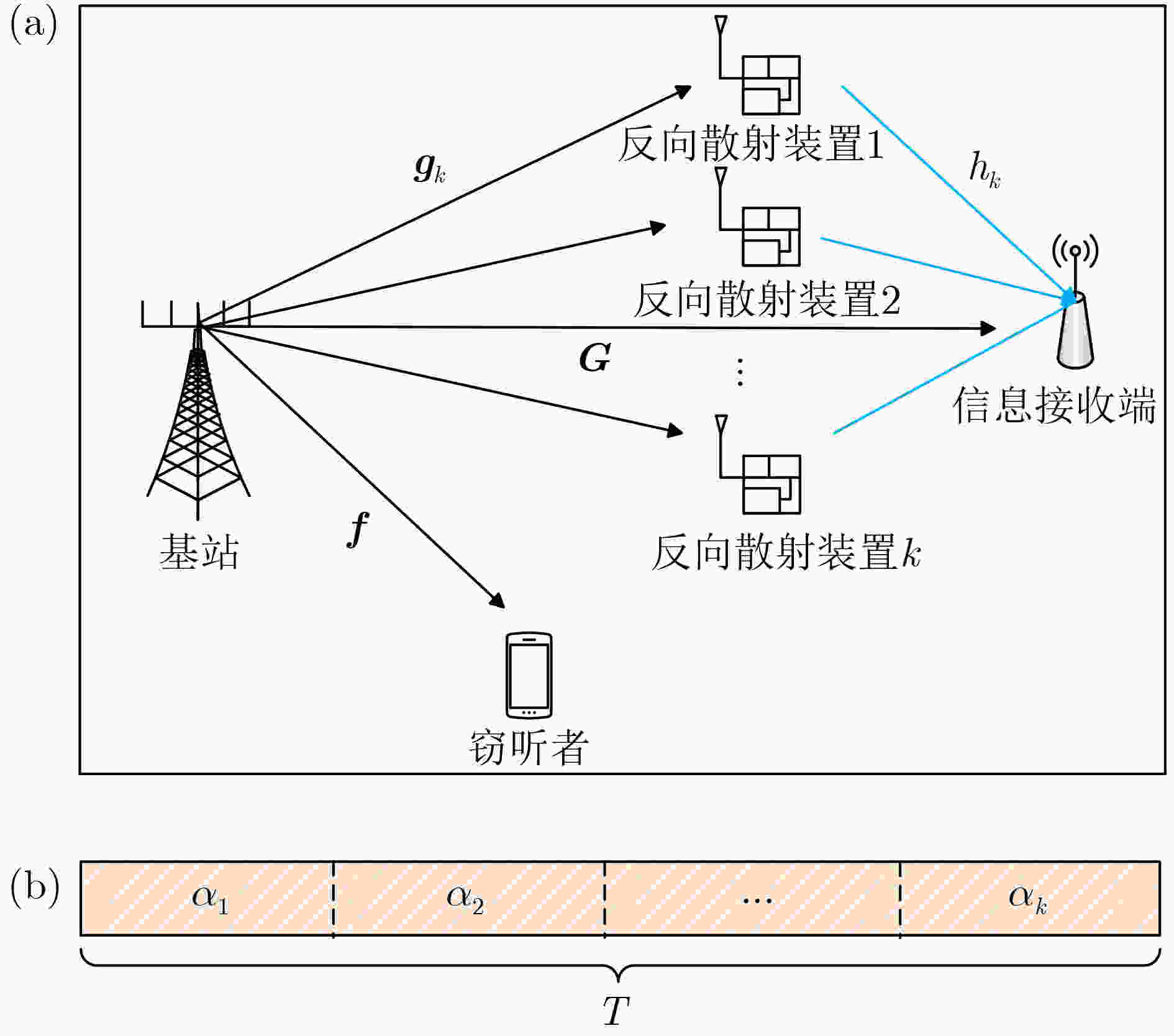
 下载:
下载:
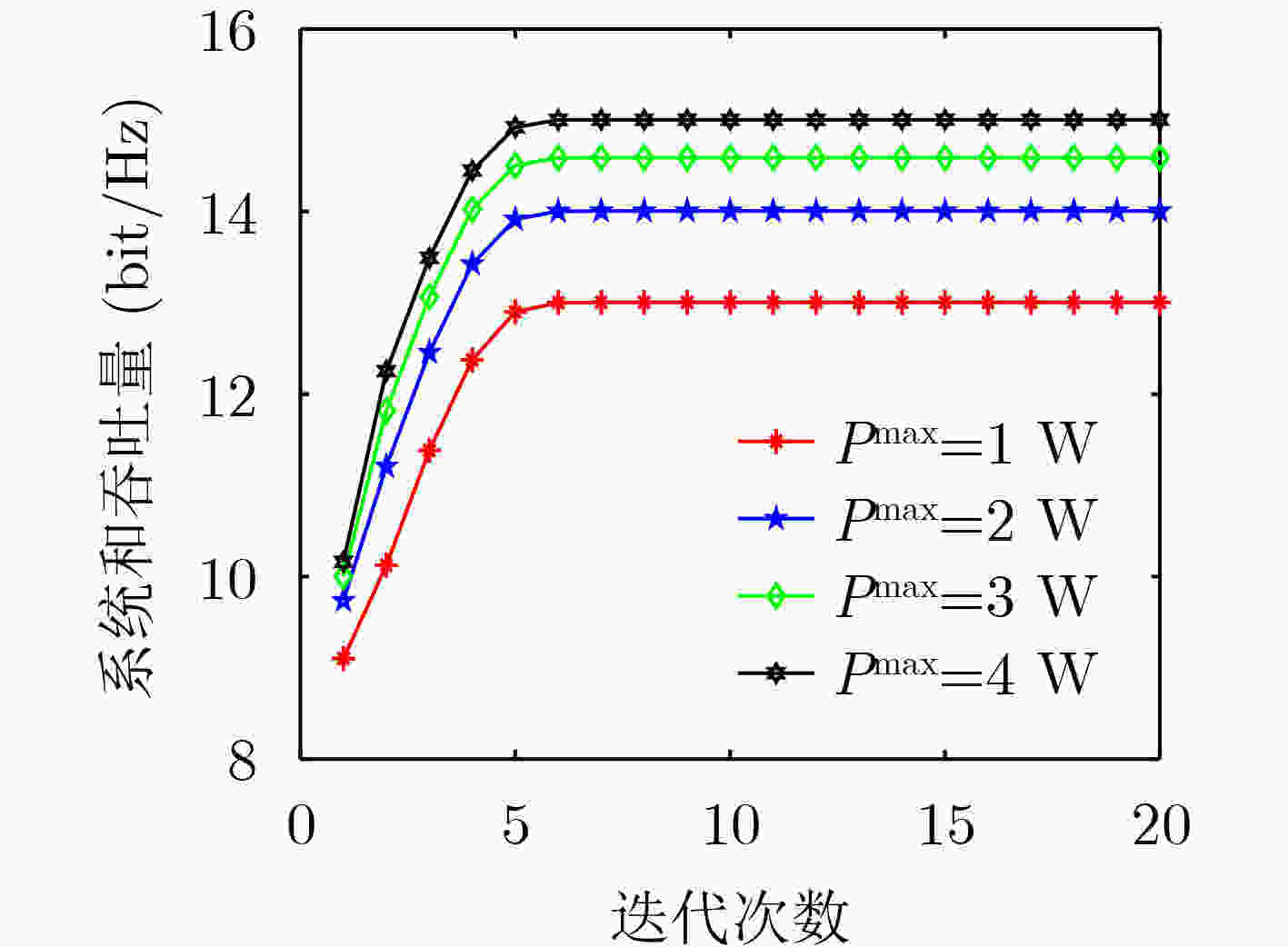
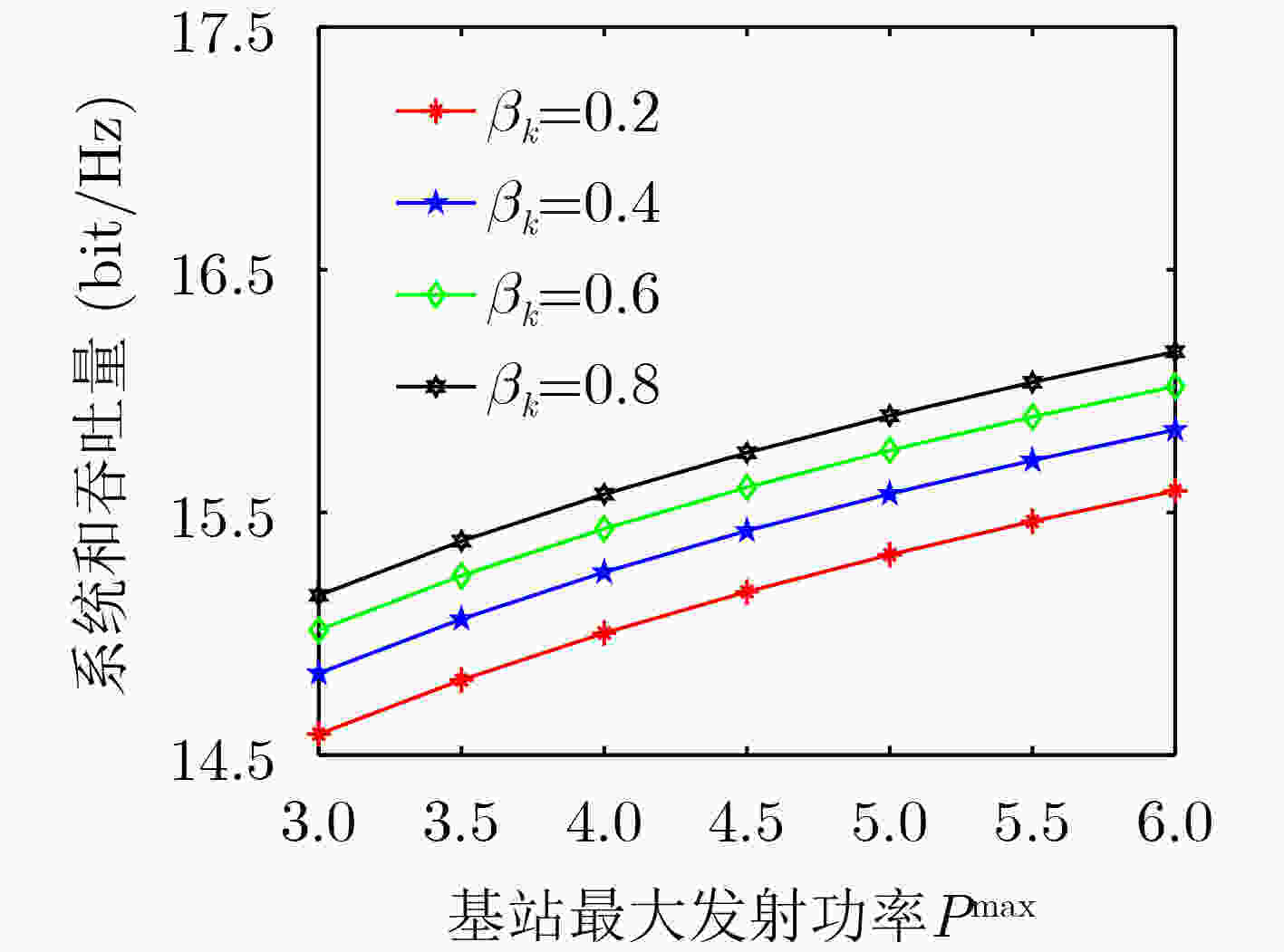
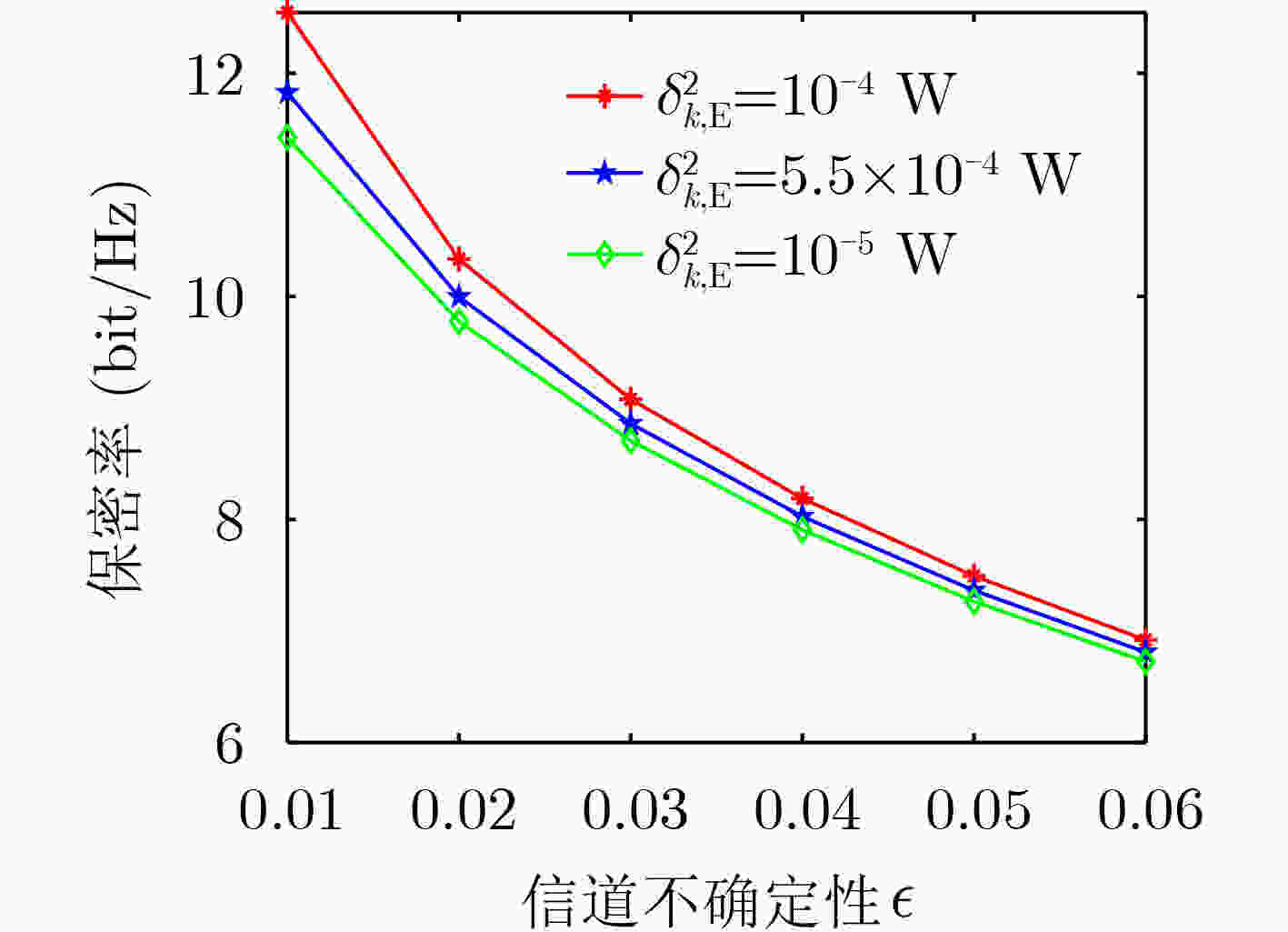
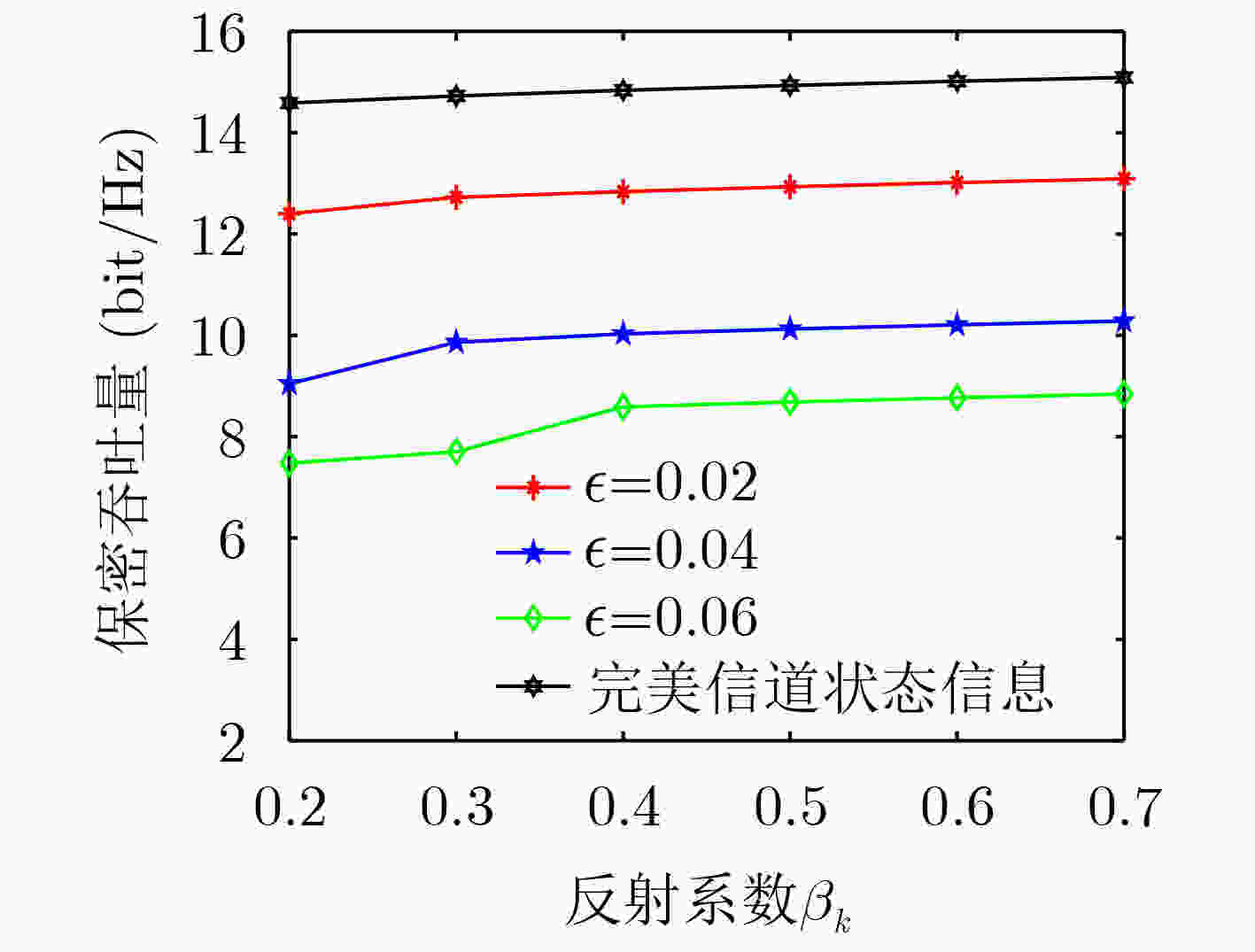
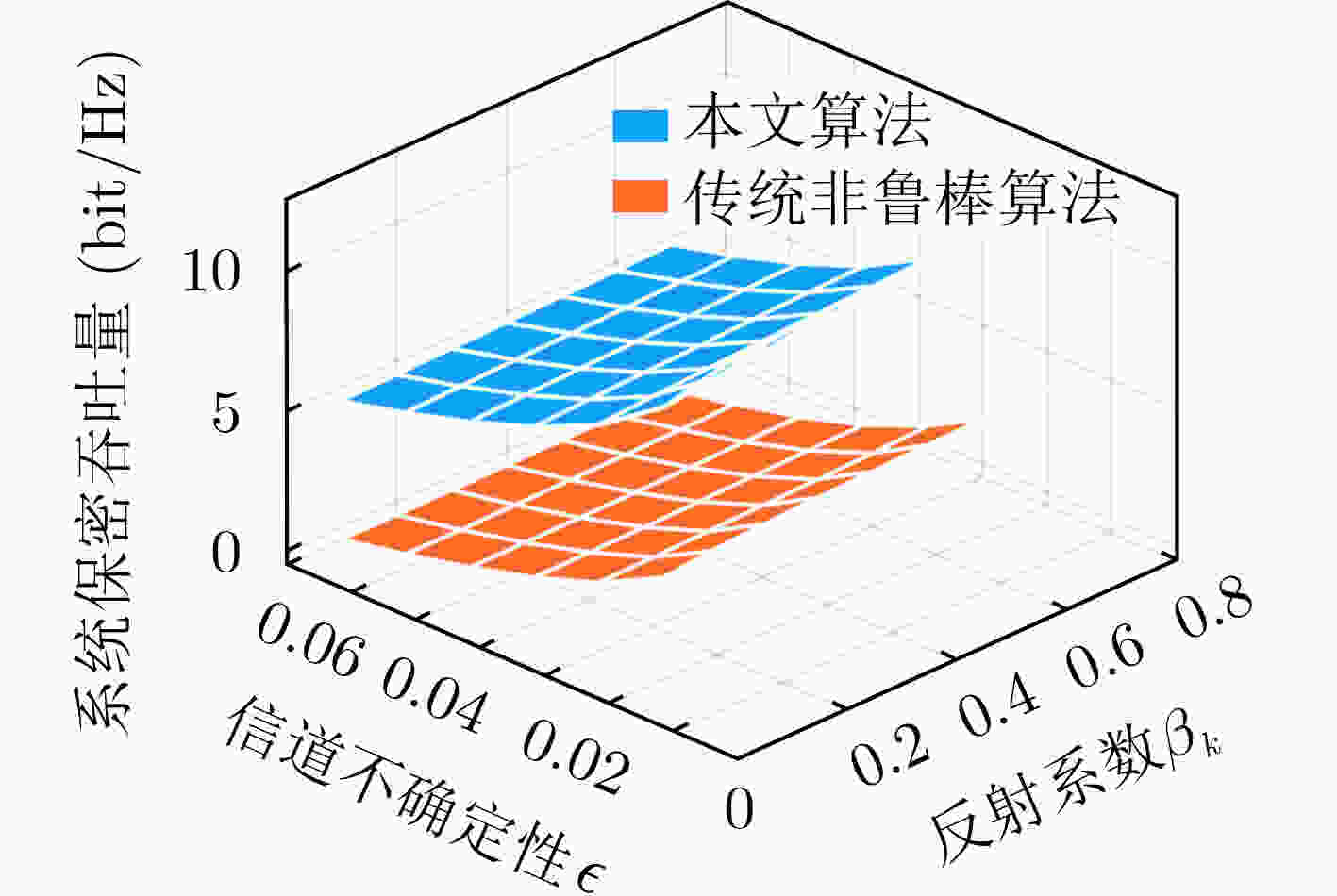
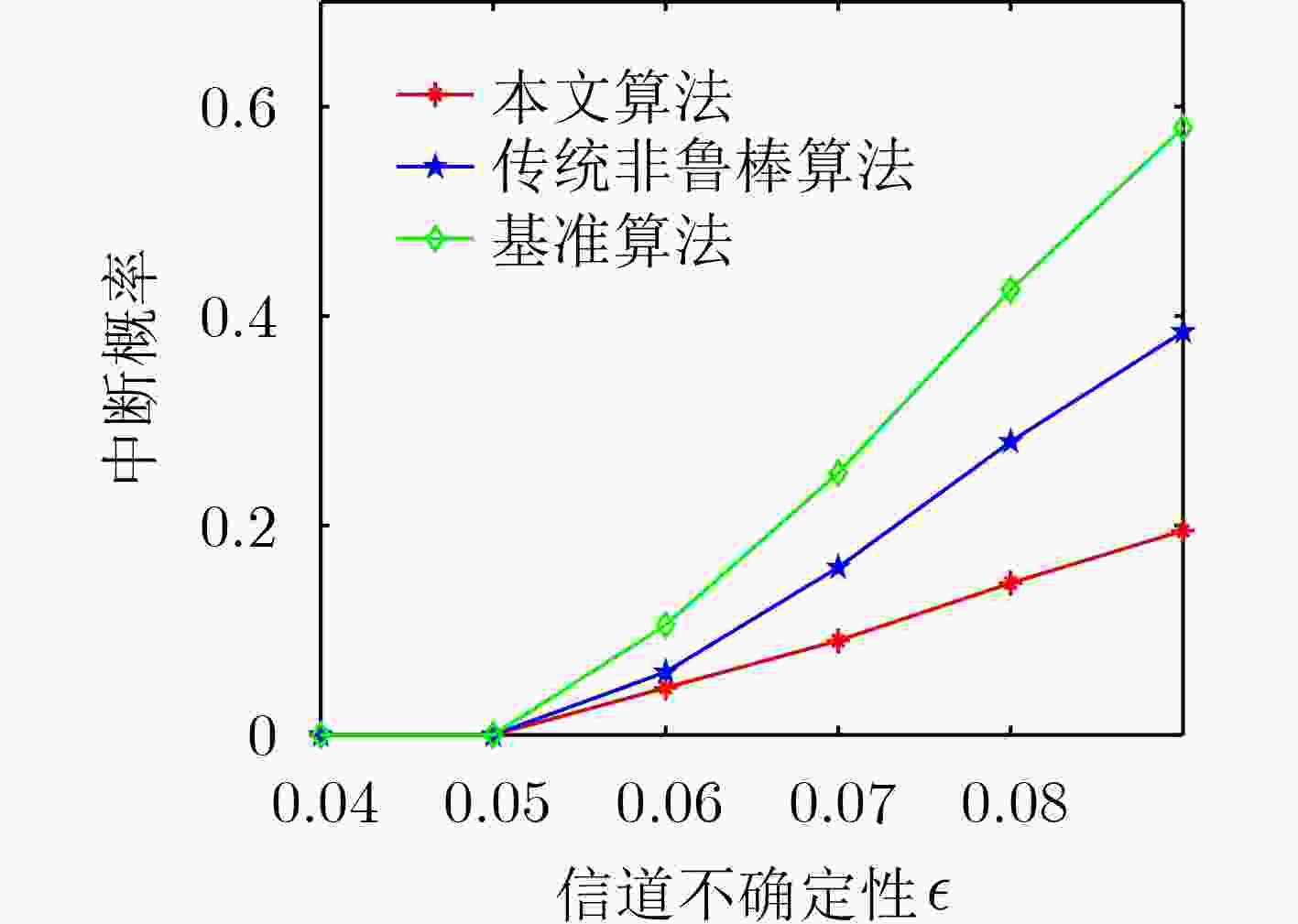


 下载:
下载:
